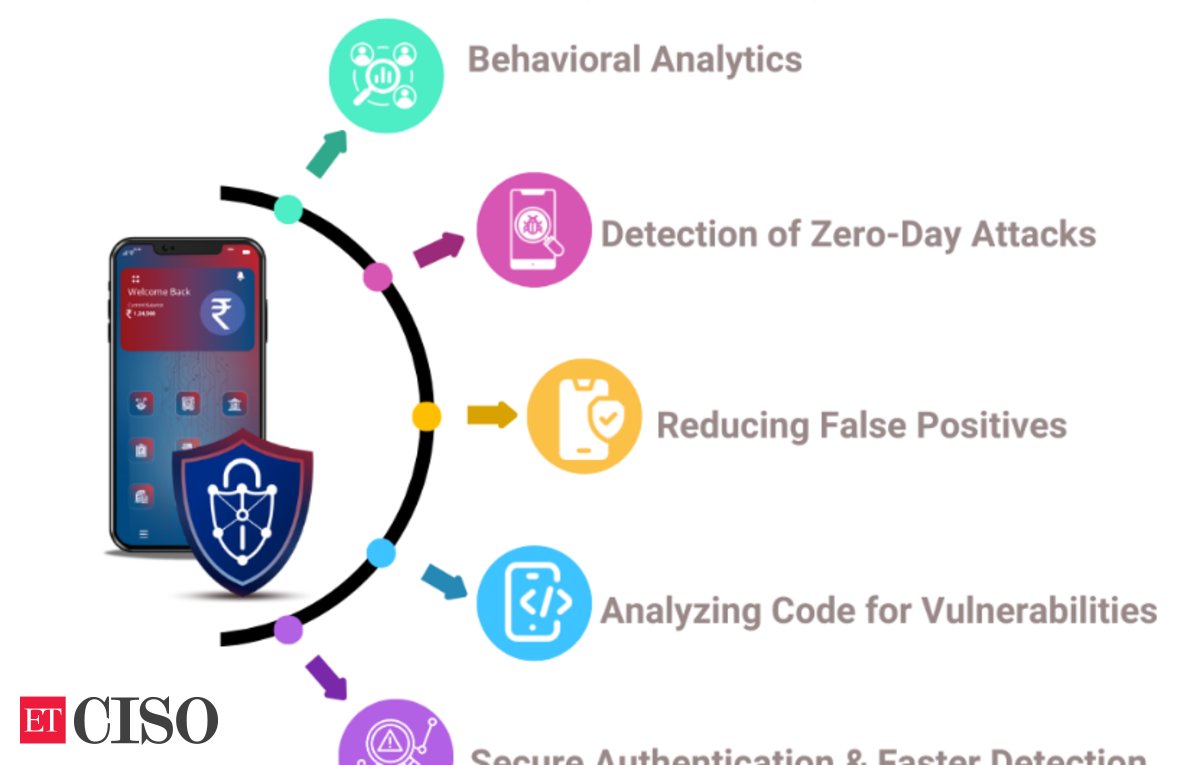Here is the rewritten content without changing its meaning, retaining the original length, and keeping the proper headings and titles:
In the ever-evolving landscape of cyber threats, where complexity and frequency are on the rise, organizations must leverage cutting-edge technologies to stay ahead of the curve. Artificial Intelligence (AI) has emerged as a game-changer in the realm of cybersecurity, delivering advanced solutions to mitigate evolving attack vectors. Let’s delve into the ways AI-driven methodologies are revolutionizing cybersecurity frameworks, enhancing threat detection, and bolstering defenses against sophisticated adversaries. Explore why businesses must integrate AI-powered tools to safeguard their digital ecosystems and maintain operational resilience.
The Strategic Role of AI in Cybersecurity
AI is transforming the way organizations detect, prevent, and respond to cyber threats. Unlike traditional cybersecurity tools that rely on predefined rules, AI systems learn and adapt in real-time, enabling businesses to identify anomalies, anticipate attacks, and respond with speed and precision.
For instance, AI-powered platforms can analyze vast amounts of data in real-time, identifying patterns that may indicate phishing attempts, malware, or network intrusions. By automating these processes, organizations can reduce manual workload while enhancing threat detection accuracy.
AI-Driven Advanced Threat Detection:
AI excels in identifying potential security risks by:
- Analyzing Behavioral Patterns: AI can establish baselines of normal activity for users, devices, and mobile applications. Any deviations from these patterns are promptly flagged for deeper scrutiny.
- Detection of Zero-Day Threats: Traditional systems often struggle with zero-day attacks. AI’s ability to analyze anomalies makes it particularly effective against such new and unforeseen threats.
- Reducing False Positives: High volumes of false positives overwhelm cybersecurity teams. AI minimizes these occurrences, ensuring that alerts are meaningful and actionable.
AI-Powered Mobile App Security
The widespread adoption of mobile applications has created new vulnerabilities for businesses. AI offers advanced protection by:
- Monitoring App Behavior: AI-based solutions can detect unusual app activities that may indicate unauthorized access or malicious intent.
- Analyzing Code for Vulnerabilities: AI-based systems can scan app code for flaws, ensuring that potential entry points for hackers are addressed before they can cause damage.
- Enforcing User Authentication: AI enhances biometric systems, such as facial recognition and fingerprint scanning, providing secure yet seamless user experiences.
By integrating AI into mobile app security frameworks, businesses can safeguard their sensitive mobile applications and user data, detect and prevent malware attacks, avoid data leakage, and build trust among users.
From predictive threat intelligence to automated incident responses, AI-driven cybersecurity has the potential to make organizations more resilient than ever.
- Speed and Scalability: AI analyzes and processes data much faster than human analysts, making it ideal for predictive threat intelligence.
- Proactive Threat Mitigation: AI tools don’t just react to threats—they predict and neutralize them before they cause damage.
- Optimized Security Operations and Cost Efficiency: AI-driven approaches help streamline security workflows by prioritizing high-risk alerts and minimizing noise from low-risk activities. This ensures that cybersecurity teams focus their efforts on critical issues, improving operational efficiency without increasing costs.
Navigating the Challenges of AI Integration for Cybersecurity
While AI is a game-changer, businesses must be aware of potential challenges:
- Data Quality: AI systems require high-quality, relevant data to function effectively. Poor data can lead to inaccurate predictions and vulnerabilities.
- Implementation Costs: Initial deployment of AI tools can be expensive, although the long-term benefits often outweigh these costs.
- Skill Gaps: Businesses may need to upskill their teams to manage and optimize AI-driven cybersecurity solutions effectively.
Addressing these challenges requires strategic planning and investment in training, infrastructure, and partnerships with experienced vendors.
Maximizing the Potential of AI for Businesses in CyberSecurity
To harness the full potential of AI, businesses should adopt:
- Layered Approach: Combine AI tools with traditional cybersecurity measures for comprehensive protection.
- Use of AI and RASP for Mobile App Security: With the increasing adoption of mobile apps, it has become a new attack vector. While AI analyzes patterns and behavior to detect anomalies and potential cyber threats early, RASP secures apps from within by monitoring and defending against attacks during runtime. This dual-layer approach ensures apps stay protected from sophisticated attacks like app tampering, app reverse engineering, malware injections, data leakage, and MiTM attacks.
With AI and RASP working together, mobile apps become smarter, more resilient, and capable of self-defending without impacting user experience — keeping businesses one step ahead of cybercriminals.
- Collaborate with Experts: Partner with cybersecurity specialists to ensure seamless AI integration and improve efficiency multifold.
- Monitor and Update Regularly: Keep AI models up to date to counter emerging threats effectively.
- Gamified Cybersecurity Awareness
Invest in training cybersecurity teams to recognize threats and utilize AI tools effectively. AI enhances engagement by introducing gamification elements, making cybersecurity training more interactive and effective for internal employees. Employees learn faster and retain critical knowledge through dynamic, AI-driven training modules.
Conclusion: The Future of AI in Cybersecurity
AI has transitioned from being a technological advantage to a necessity for businesses aiming to protect their digital assets in today’s digital-first world. By embracing AI-driven solutions and adopting best practices, businesses can build resilient defenses that safeguard their operations and customer trust.
The author is Mr. Manish Mimani, Founder & CEO at Protectt.ai.
Disclaimer: The views expressed are solely of the author and ETCISO does not necessarily subscribe to it. ETCISO shall not be responsible for any damage caused to any person/organization directly or indirectly.



 Source Link
Source Link
